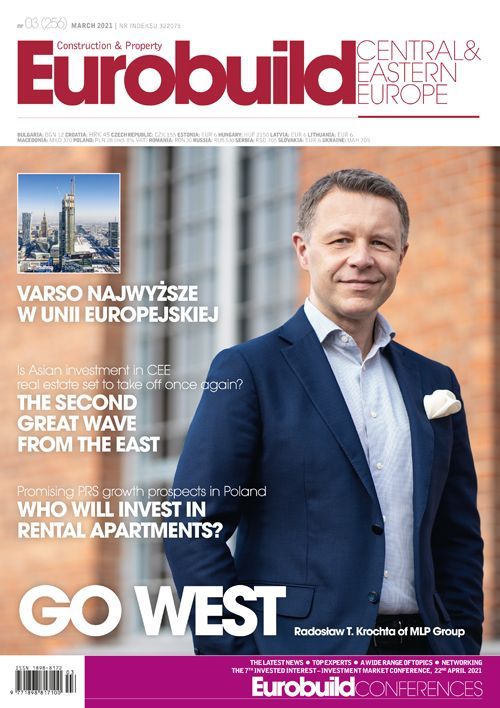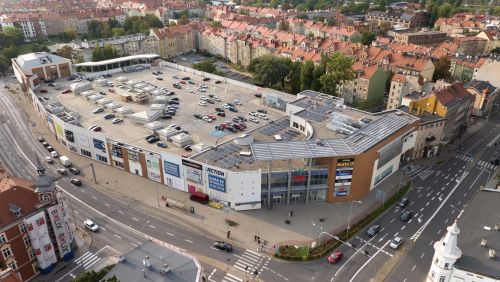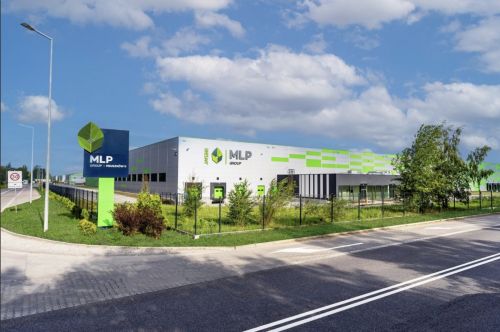In 2012, the term ‘New Silk Road’ entered our collective consciousness, as China signed a cooperation deal with the EU to improve transport, logistics, trade and investment links between the country and the bloc, with the CEE region, due its geographic position, set to become a major beneficiary of this. But the first major transaction in the private sphere was the acquisition of two huge Amazon fulfilment centres in Wrocław and Poznań in early 2016 by Hana Financial Group of South Korea.
And more was to come: between 2013 and 2019, according to a report by Skanska, Colliers International and Dentons published in early 2020, the total volume of Asian (Singaporean, Filipino, Chinese, South Korean, Japanese and Malaysian) capital invested in CEE real estate reached EUR 7.7 bln – not far off the total from Germany for the same period of EUR 8.6 bln. 2019 was even dubbed the ‘Year of the Dragon’ in Poland, with 20 pct of such investment coming from these co































































